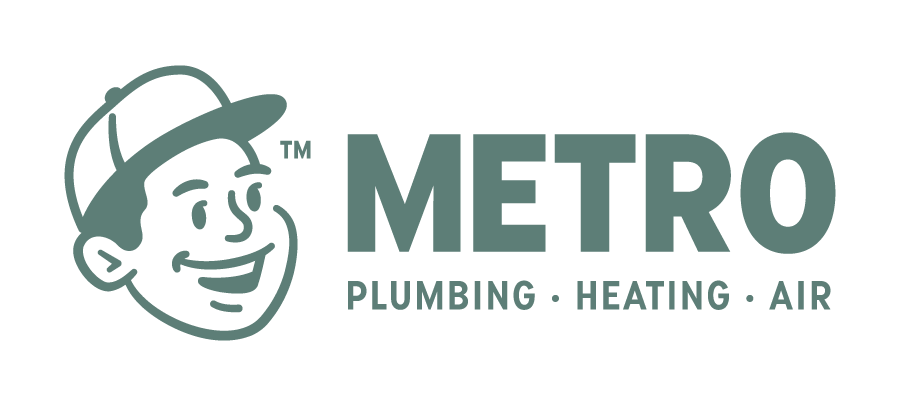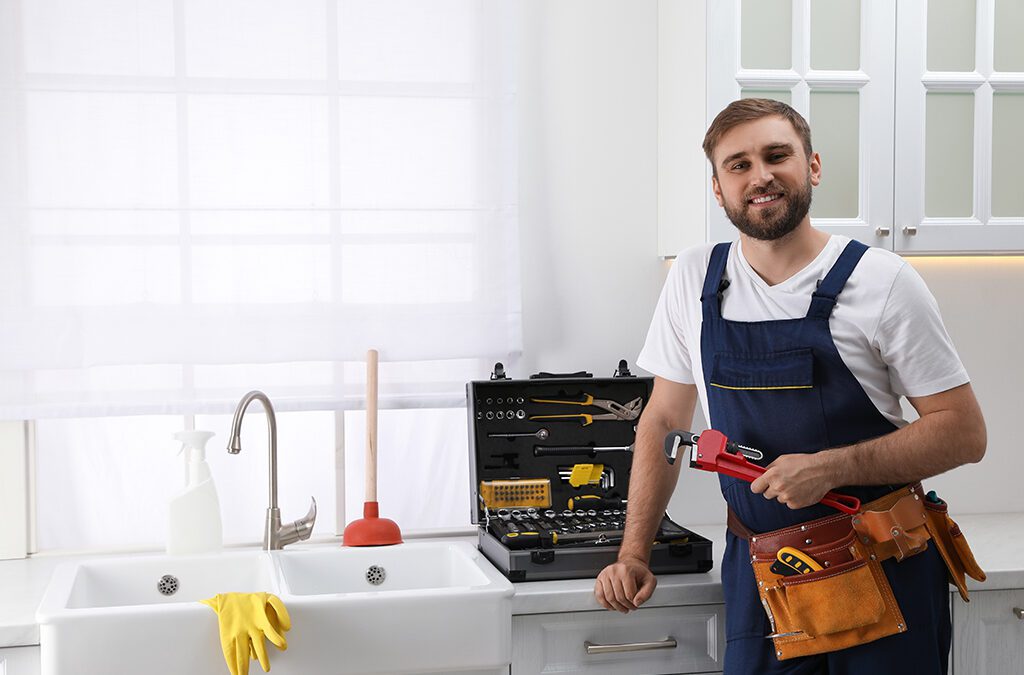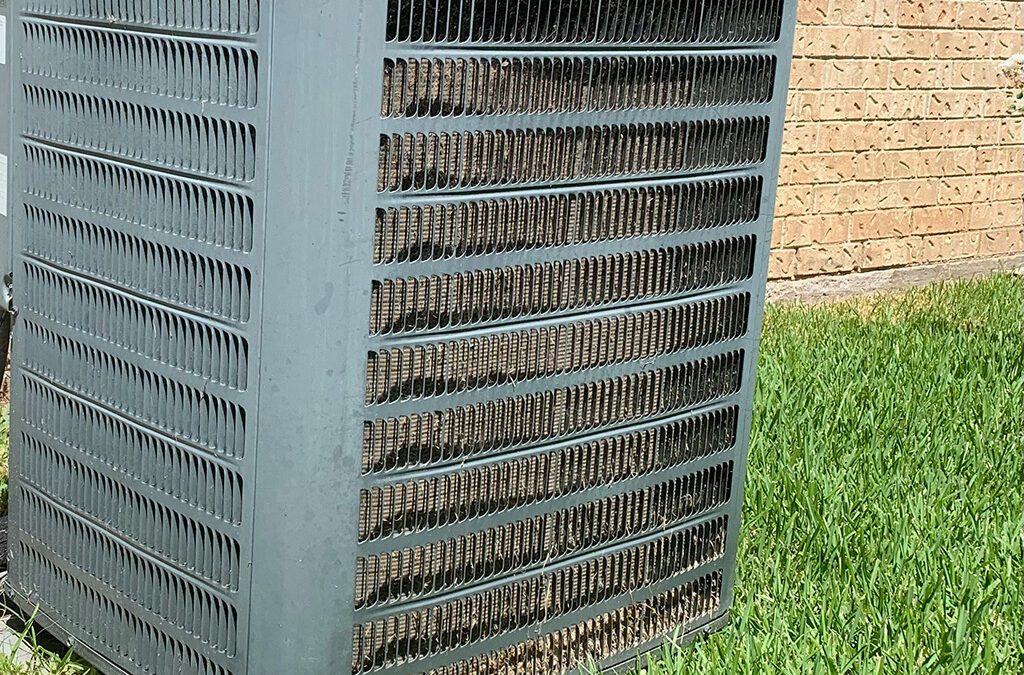Next week is National Fire Prevention Week so we’d like to take some time to go over how to keep your home safe. From childhood, many of us grow up learning how to respond to a house fire. Ways to escape and the importance of having a family meeting place outside the house are all ingrained within us as children. But we’re rarely taught how to prevent a fire in the first place. Electrical inspections, never leaving an unmonitored heat source (such as a hot stove-top or a portable heater), and cleaning out the lint filter in the dryer are all things we’ve had to be taught. So today, we’d like to cover some important safety tips about your gas furnace as well.
How to Prevent a Home Fire
If you had your home furnace maintenance completed (or plan to this fall), then many of the things you need to do have already been done. If you haven’t, and you really should, then here’s what you should do:
- Clean out the exhaust vents for your furnace – small animals can nest in these vents during the summer. Make sure they’re clear before you turn on the furnace.
- Keep brush and hedges away from exhaust vents.
- Clear the area around the furnace in your home. You want at least three feet of clearance around the furnace, especially if you store dry, flammable materials such as paper in the same room.
- Clean out the furnace chamber. Over time the furnace can fill with ash, dust, and other particles that can ignite in sufficient amounts. Have your furnace cleaned.
- Move any flammable fabrics or boxes away from floor vents.
- Listen to your gas lines. Make sure there are no leaks.
- Never leave a portable heater running unattended, and don’t use an extension cord.
Smoke Alarms
Even with all of these precautions, accidents can happen. When they do, an early warning is the best defense. Make sure that you have a proper defense with smoke and carbon monoxide alarms placed throughout your home.
Install Smoke Alarms:
Smoke is hot, usually hotter than the surrounding air in a room. The heat drafts it causes, force smoke up to the ceiling. This is why smoke alarms need to be installed close to the ceiling of a room, to catch smoke for certain since it will collect in the highest places first.
- Place on every floor
- Inside each hallway/bedroom
- In the basement on the ceiling at base of stairs
- Pitched ceilings, install between 4 inches and 3 feet from ceiling peak
- Don’t install near possible drafts (windows, doors, etc)
- Do not ever paint over a smoke detector
- Place near furnaces, fireplaces, and other high-heat sources or flames
Carbon Monoxide alarms, by comparison, should be centrally located. Carbon monoxide is odorless and invisible, plus it weighs roughly the same as air so it distributes evenly throughout a room based on air currents. For the sake of true safety, it’s best to place a CO alarm in every bedroom and in near any device that can create CO, such as your furnace.
Recommendations:
- Interconnected systems
- Use Smoke and CO alarms
- Get a dual-sensor alarm (ionization and photoelectric)
The earlier you can detect a fire or CO leak in your home, the sooner you can respond and the more likely you are to survive the dangers of a fire or leak. Early warning is essential. Interconnected alarms notify each other of any detection, triggering every alarm at once for maximum alert. Combining both alarms in each room and using dual-sensor alarms for maximum detection increase the likelihood that you’ll catch a problem as it starts.
Maintenance
- Test regularly
- Replace batteries, or unit depending on type
If you’d like more information about how best to ensure your family’s safety in the event of a fire, you can read more at the National Fire Prevention Association. Again, as we inspect your furnace, we make sure to double check all smoke and CO alarms in the vicinity to help ensure maximum protection for your family.
Metro Plumbing, Heating, and Air Conditioning is the service company you want! Call us today at (423) 616-1025!



